|
The history of art throughout the world is vast. And the summary here of Western art history is a good starting point. This Link will take you to a very convenient chronological chart of western art history. And below are styles being explored by painters in my studio. In my painting program... most painters are exploring Contemporary Realism, Impressionism, Tonalism, Luminism, and Surrealism. Here are samples of each from art history: Contemporary Realism The contemporary realism movement is a worldwide style of painting which came into existence in the 1960s and early 1970s. Featuring a straightforward approach to representation practiced by artists such as Philip Pearlstein, Alex Katz, Jack Beal and Neil Welliver. The movement refers to figurative art works created in a natural yet highly objective style. Today the term Contemporary Realism encompasses all post-1970 sculptors and painters whose discipline is representational art, where the object is to portray the "real" and not the “ideal". More about Contemporary Realism About Photorealism By Richard Estes Historical Origin of Realism The Realist movement began in the mid-19th century as a reaction to Romanticism and History painting. In favor of depictions of 'real' life, the Realist painters used common laborers, and ordinary people in ordinary surroundings engaged in real activities as subjects for their works. More about Realism The Gleaners is an oil painting by Jean-François Millet completed in 1857. Impressionism Impressionism was a 19th-century art movement characterized by relatively small, thin, yet visible brush strokes, open composition, emphasis on accurate depiction of light in its changing qualities (often accentuating the effects of the passage of time), ordinary subject matter, unusual visual angles, and inclusion of movement as a crucial element of human perception and experience. Impressionism originated with a group of Paris-based artists whose independent exhibitions brought them to prominence during the 1870s and 1880s. More about Impressionism Impression, Sunrise is an 1872 painting by Claude Monet Tonalism Tonalism was an artistic style that emerged in the 1880s when American artists began to paint landscape forms with an overall tone of colored atmosphere or mist. Between 1880 and 1915, dark, neutral hues such as gray, brown or blue, often dominated compositions by artists associated with the style. During the late 1890s, American art critics began to use the term "tonal" to describe these works, as well as the lesser-known Two of the leading associated painters were George Inness and James McNeill Whistler. Overview of Tonalism "Georgia Sunset" by George Inness Luminism Luminism is an American landscape painting style of the 1850s to 1870s, characterized by effects of light in landscape, through the use of aerial perspective and the concealment of visible brushstrokes. Luminism landscapes emphasize tranquility, and often depict calm, reflective water and a soft, hazy sky. Artists who were most central to the development of the luminist style include Fitz Hugh Lane, Martin Johnson Heade, Sanford Gifford, and John F. Kensett. More about Luminism "Bend on the Juniata River" by Sanford Gifford Surrealism Surrealism aims to revolutionise human experience. It balances a rational vision of life with one that asserts the power of the unconscious and dreams. The movement's artists find magic and strange beauty in the unexpected and the uncanny, the disregarded and the unconventional. More about Surrealism "The Persistence of Memory" 1931 Salvador Dali
0 Comments
Monet and Renoir, two renowned French Impressionist painters, were contemporaries and close friends, sharing a common artistic movement but expressing their creativity through distinct painting techniques. While both artists sought to capture the fleeting effects of light and atmosphere in their works, they approached their subjects with unique styles and perspectives. Let's explore the painting techniques of Monet and Renoir, highlighting their similarities and differences. Claude Monet, often regarded as the master of Impressionism, had a fascination with the interplay of light and color. His technique emphasized capturing the essence of a scene through loose brushstrokes and vibrant hues. Monet's paintings often featured spontaneous, broken brushwork that conveyed the ever-changing nature of light and its effects on the environment. He painted en plein air, working directly from nature, which allowed him to observe and depict the shifting colors and atmospheric conditions. Monet's "Haystacks" and "Water Lilies" series exemplify his innovative techniques. In the "Haystacks" series, he painted numerous haystacks at different times of the day to study the variations in light and shadow. By employing rapid brushwork and layering complementary colors, he created an optical mixture that gave the impression of luminosity and movement. Similarly, his "Water Lilies" series explored the play of light on water, utilizing short, dappled brushstrokes to capture the reflections and the transient qualities of the scene. Claude Monet, often regarded as the master of Impressionism, had a fascination with the interplay of light and color. His technique emphasized capturing the essence of a scene through loose brushstrokes and vibrant hues. Monet's paintings often featured spontaneous, broken brushwork that conveyed the ever-changing nature of light and its effects on the environment. He painted en plein air, working directly from nature, which allowed him to observe and depict the shifting colors and atmospheric conditions. Monet's "Haystacks" and "Water Lilies" series exemplify his innovative techniques. In the "Haystacks" series, he painted numerous haystacks at different times of the day to study the variations in light and shadow. By employing rapid brushwork and layering complementary colors, he created an optical mixture that gave the impression of luminosity and movement. Similarly, his "Water Lilies" series explored the play of light on water, utilizing short, dappled brushstrokes to capture the reflections and the transient qualities of the scene. On the other hand, Pierre-Auguste Renoir embraced a more classical approach to painting. His technique was characterized by a smooth, blended application of paint, producing a soft and sensual effect. Renoir's brushwork was less fragmented compared to Monet's, favoring a more refined and polished finish. His works often featured rich colors, delicate tonal transitions, and a focus on human subjects and their relationships. Renoir's mastery of portraiture is evident in his iconic works such as "Luncheon of the Boating Party" and "Dance at Le Moulin de la Galette." In these paintings, he skillfully rendered the human form and captured the nuances of light and shadow. Renoir's brushwork was more controlled and precise, lending a sense of harmony and elegance to his compositions. His use of warm and glowing colors created a vibrant and lively atmosphere, inviting viewers into the scenes he depicted. Despite their contrasting techniques, Monet and Renoir shared a common goal of capturing the transient qualities of light and atmosphere. They both rejected the academic conventions of their time, opting for a more spontaneous and direct approach to painting. Both artists aimed to depict the fleeting impressions of a moment and convey a sense of immediacy in their works. Monet and Renoir sometimes painted in the same spot together Moreover, Monet and Renoir frequently painted alongside each other, exchanging ideas and influencing one another. They shared a passion for exploring the effects of light on different subjects, be it landscapes, seascapes, or human figures. Their close friendship and collaborative spirit undoubtedly contributed to the evolution of their respective techniques.
Monet and Renoir, while belonging to the same artistic movement of Impressionism, developed distinct painting techniques that set them apart. Monet's loose brushwork and emphasis on capturing the effects of light and color through broken strokes defined his style. Renoir, on the other hand, favored a more refined and polished approach, utilizing blended brushwork and warm colors to depict human subjects and their environments. Despite their differences, both artists revolutionized the art world with their innovative techniques and continue to inspire generations of painters with their unique visions. |
AuthorPatrick Howe Archives
July 2024
Categories
All
|
|
Copyright © 2023, by Patrick Howe, all rights reserved.
Patrick Howe, Artist, Author and Educator Seattle, WA. Contact: [email protected] |
|
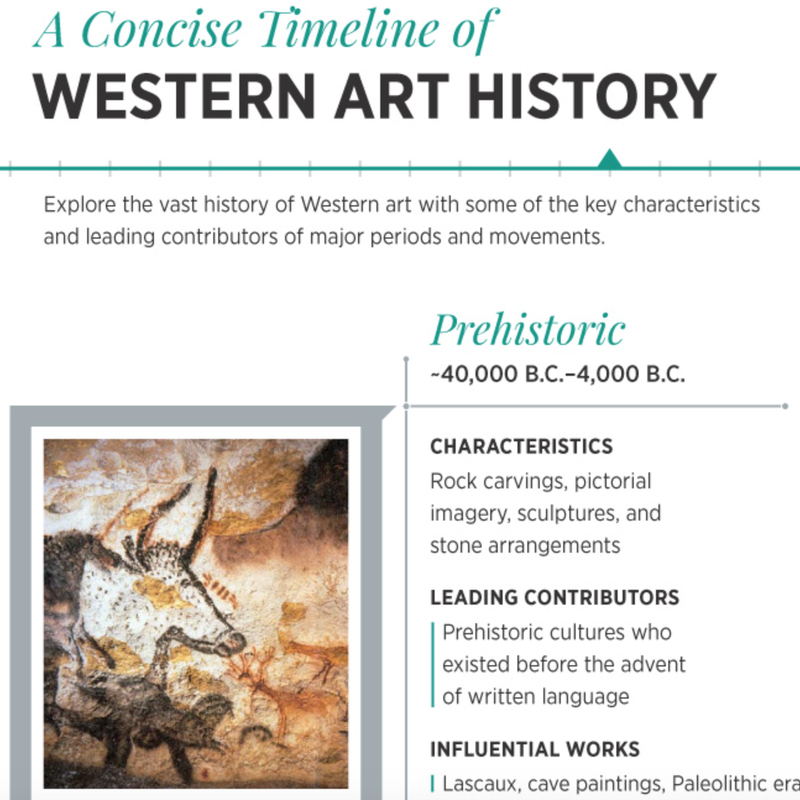
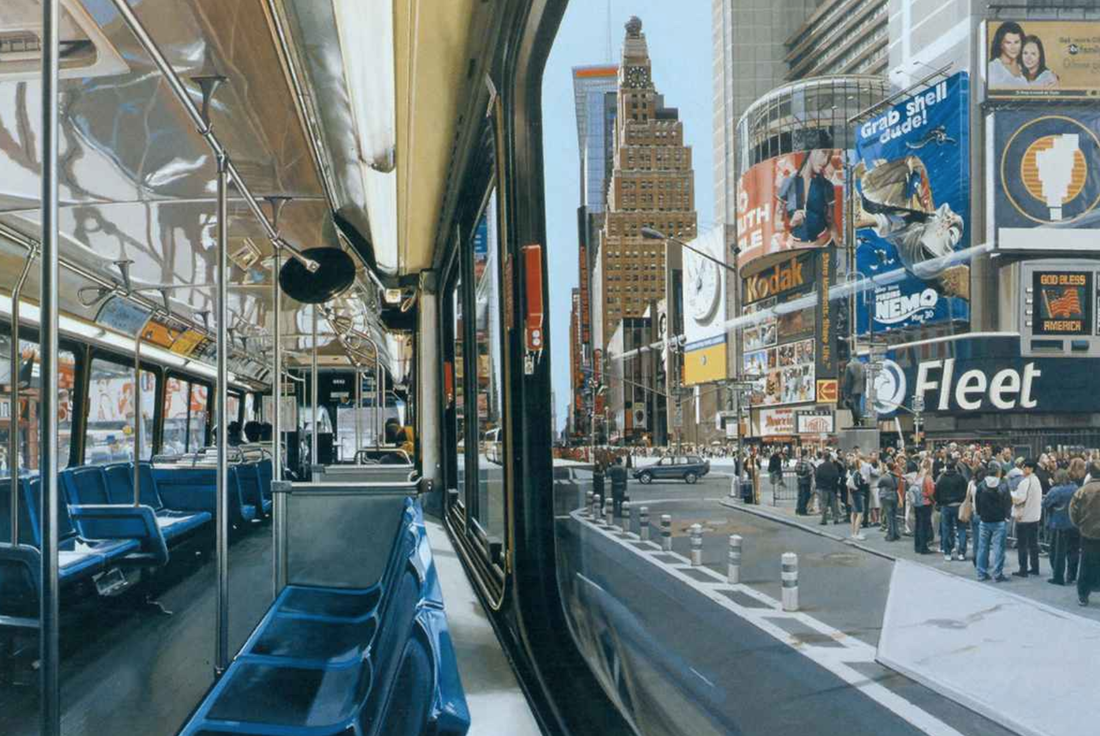
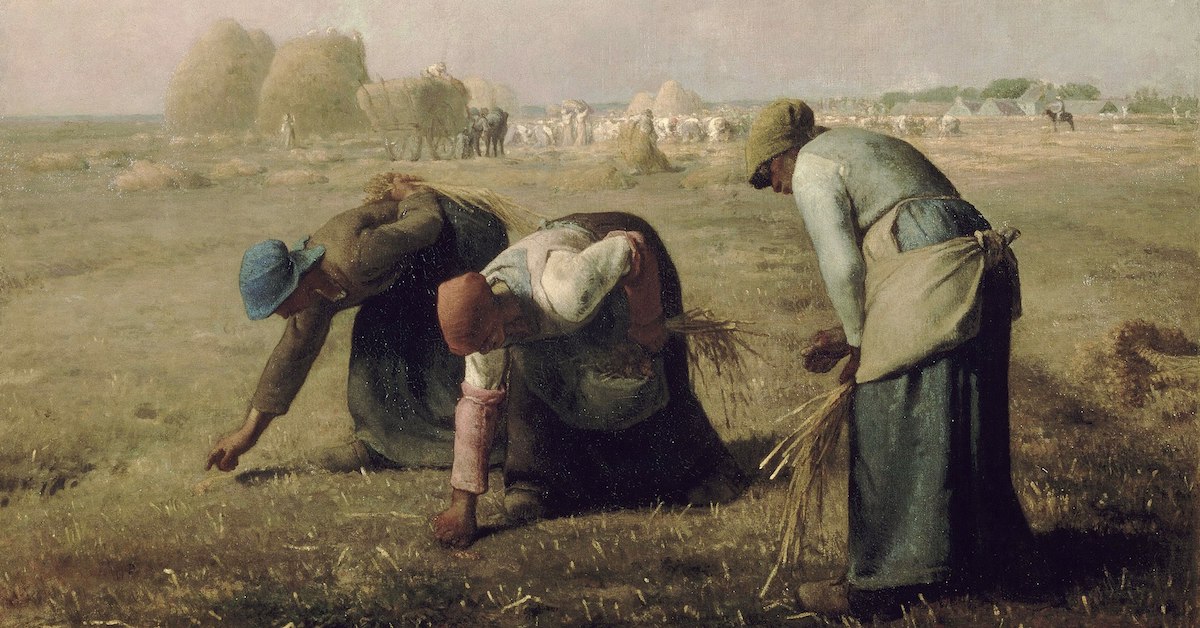
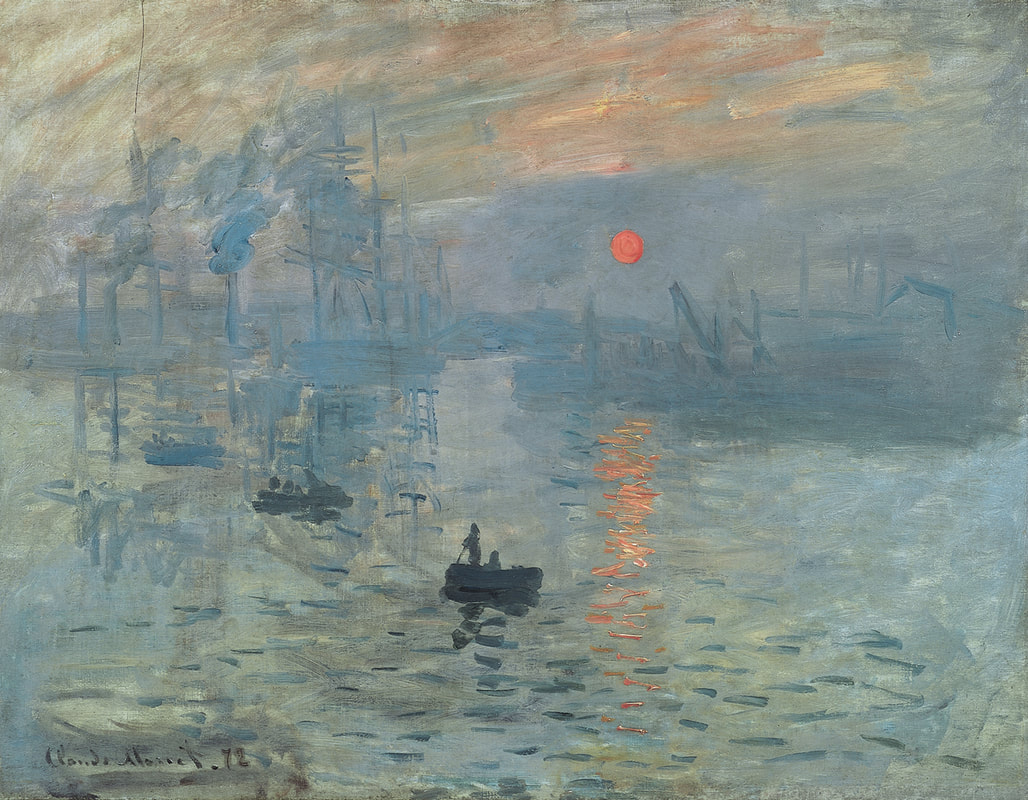
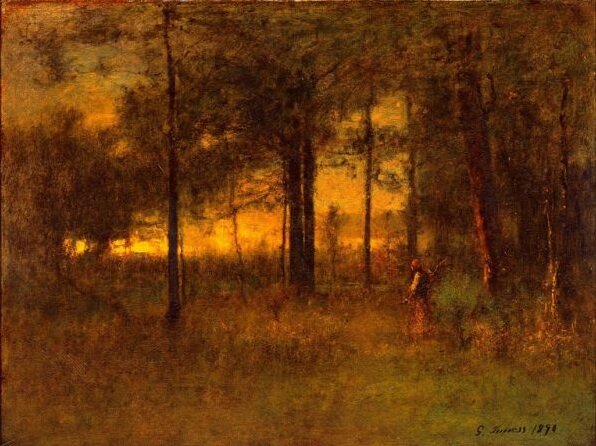
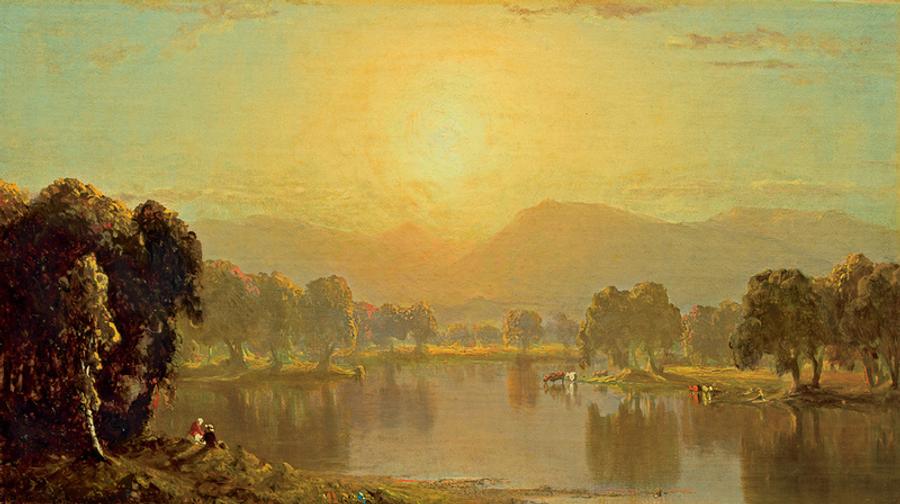
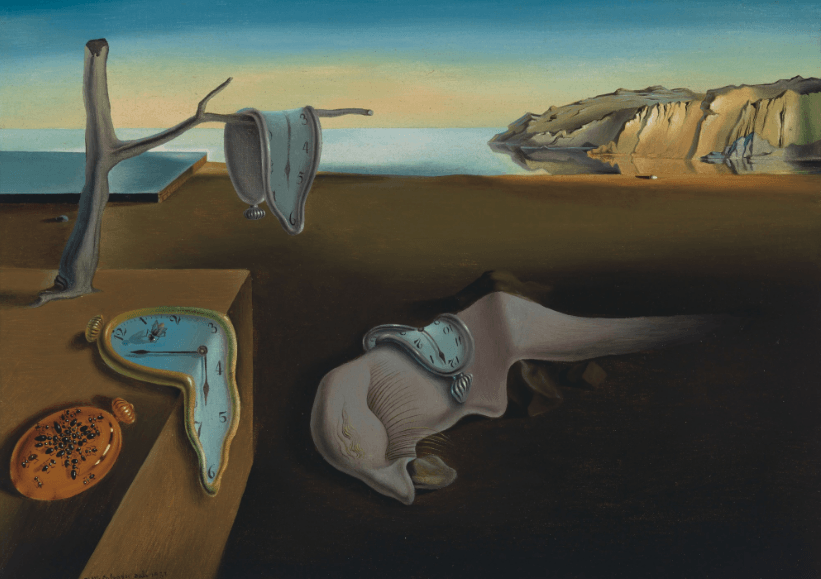
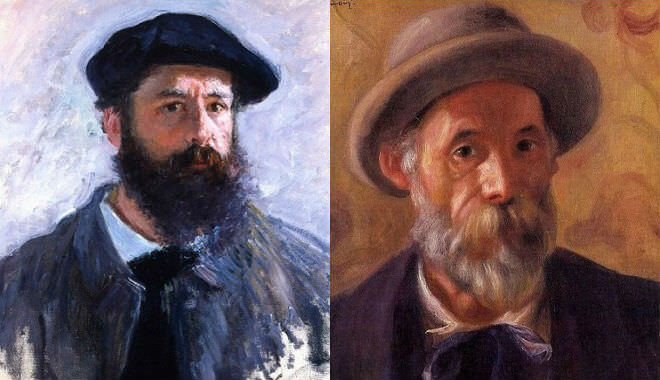
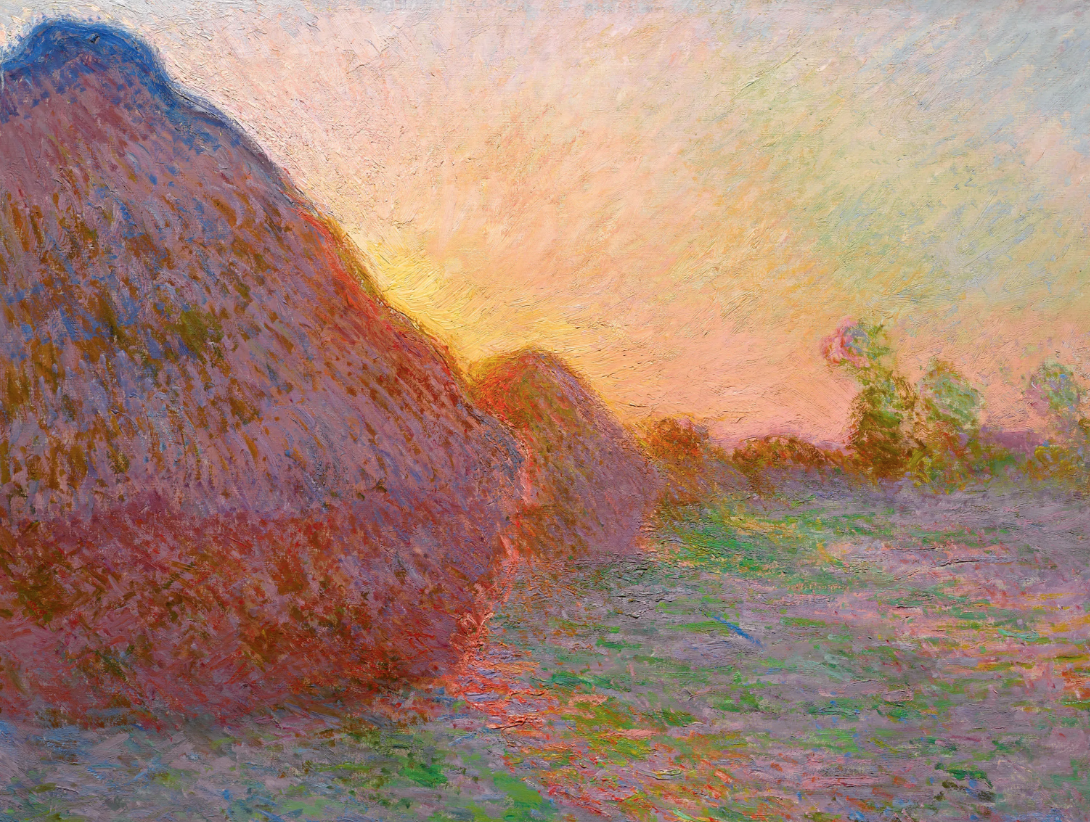
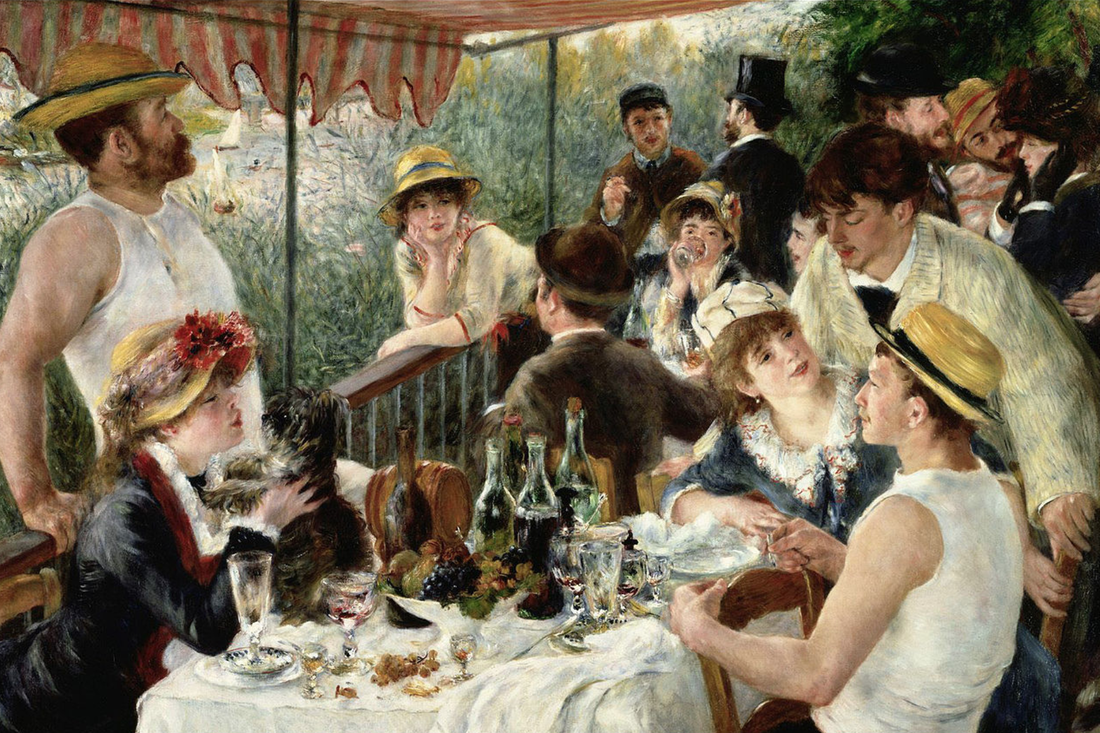
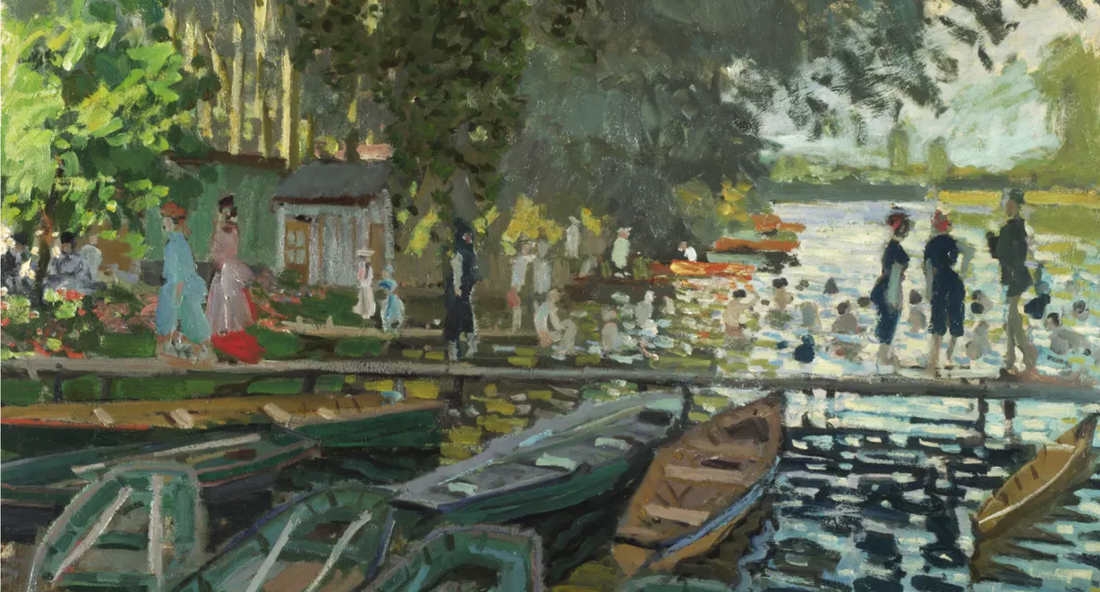
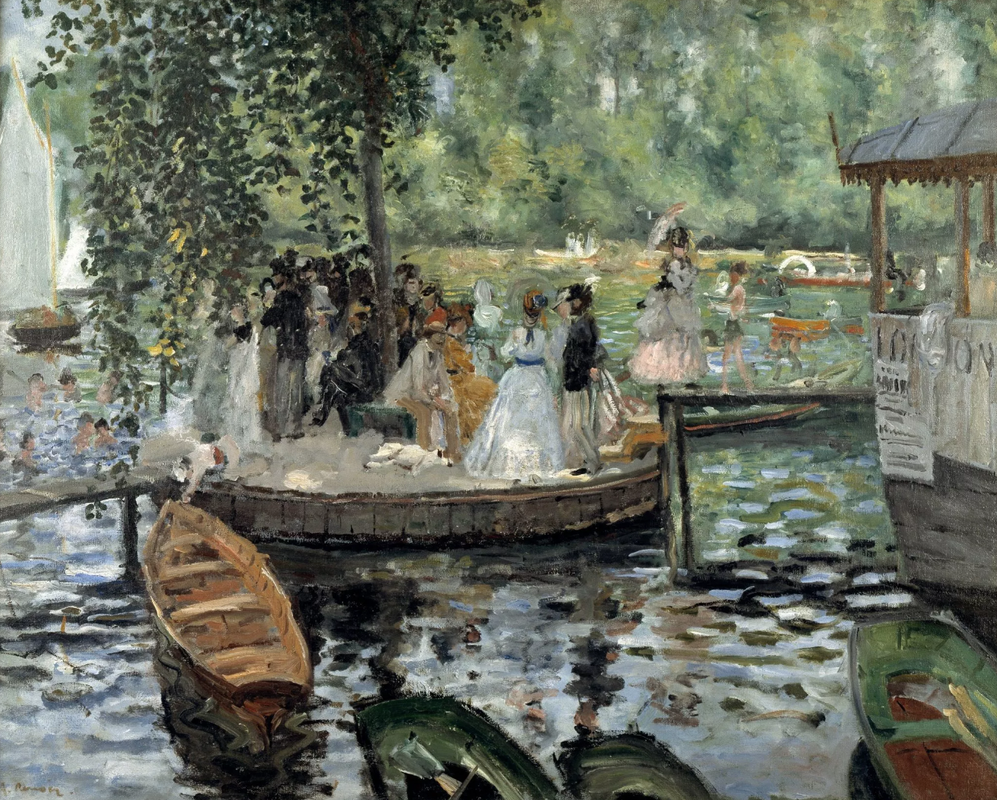
 RSS Feed
RSS Feed
